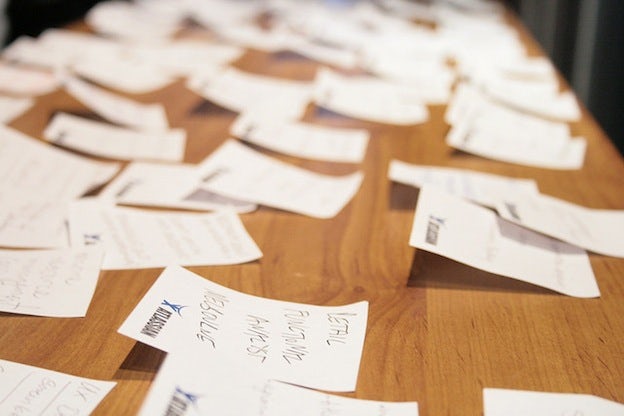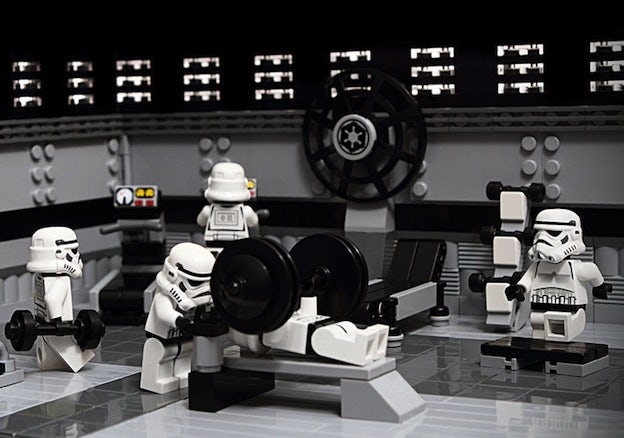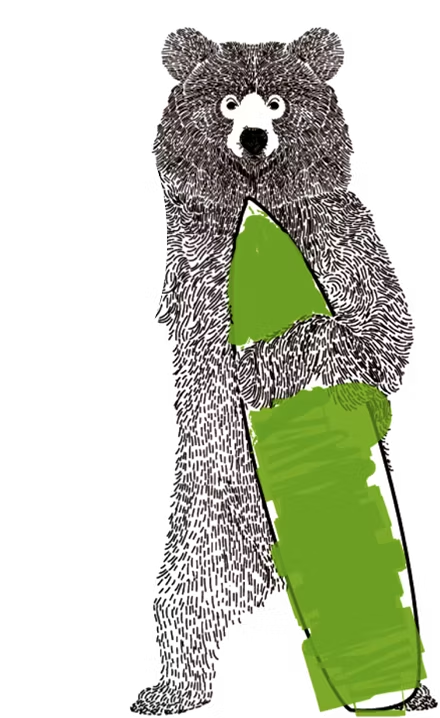Vastly different from the days of posters and magazines, design in today’s digital world has many more layers of complexity. It requires designers to have an understanding of many different aspects of design, and to follow a process that ensures what we create really works.
If you’re a graphic designer looking to become a User Experience (UX) designer, it helps to understand exactly what you’re getting into. What is UX design? There are a number of different answers, but often it is a collective term that encompasses all the stages of design in the digital world (and beyond), including research, information architecture, wireframing and interaction design, visual design, usability testing and more.
UX is about designing the entire experience a user has with a brand, product or service. Therefore, UX designers need to ask questions such as who, what, when, where, why and how when designing an experience from start to finish.
Sound enticing? Here are the top five things to remember when moving from graphic design to UX design.
1. Don’t be the design expert

The best UX designers are the ones that don’t know the answers. What? That might sound crazy, but it’s true. Every design is different and has different users and different problems to solve. Remember to keep an open mind when approaching any new project. It’s more important to know what questions to ask than to know all of the answers.
When you’re working for a client, simply having an answer is not enough. You need to be able to show how and why your answer makes sense. This is where research comes in. Run headfirst into a project knowing what information you need and devise a plan to get it. Armed with this strategy, you’ll be able to arrive at some great solutions and convince others of your approach.
Tip: There are many simple research techniques you can learn online to tackle design problems with a better understanding.
2. Focus on the outcome

While there are some excellent examples of creative interaction design out there (like clever sign up forms, cool animations and unique user interface designs), a UX designer is more concerned with whether the user was able to achieve their goal. This means that it’s more important for a sign-up form to be effective than a work of art.
In order to design something effective, it’s crucial to understand who your user is and what they’re trying to accomplish. In fact, it’s often the case that a sign-up form is more efficient when it is not beautifully unique. People are familiar with the way popular tools work on sites like Facebook and Google, so by resembling how those work you’re setting your customers up for success. Of course, this doesn’t mean you can’t put your own visual stamp on it!
Tip: Try creating some personas to help identify who your users are and write some stories to identify and validate what you’re trying to achieve.
3. Create a rough plan

When you have a graphic design background, pushing pixels around the screen is likely the aspect you enjoy most. However, the problem with starting with visual design too early, is that you focus most of your attention on how things look rather than how they work. Remember, people don’t come to your website, app or service to see the pretty design. It’s the content they really want.
Wireframes (especially rough ones) are the best way to quickly plan what goes where. In the same way a director uses storyboards to plan movies rather than shooting straight away, a good designer will use wireframes or even better, a clickable wireframe prototype, to tell a story. Be careful not to fall into the trap of putting too much effort into your wireframes. Just make sure the content works.
Tip: There’s great software out there like Keynote, Omnigraffle, Balsamiq and Axure that can help you create wireframes and avoid worrying about visual perfection too early.
4. Design for information

One of the most important aspects of great design doesn’t have anything to do with pixels, colors or typography. It’s the content inside your designs. After all, people use websites and apps not for their beautiful flat designs, but because they want the content — whether that means search results, weather forecasts or music.
To design an app or website that’s user-friendly, it’s extremely important to make it easy for people to find and understand the content. Menus should be organized logically and use language that people recognize. Some words have more than one meaning, so take some time to decide the best design solutions for critical elements like navigation and menus.
Tip: When designing a menu or navigation, try doing some card sorting with friends to help you identify how people categorize information.
5. Start with your strengths

Since UX covers a lot of ground, many people choose to specialize in specific areas like research, visual design or information architecture. (If you’re great at it all, congrats — you’re one step away from being a design unicorn!) The best advice is to start where your strengths are and pick up bits of the surrounding areas where and when you can. These days, employers have increasingly high expectations of designers, so it’s important to continue learning and growing.
With that said, being a graphic designer is an excellent first step in becoming a successful UX designer. The world of user experience design is full of opportunities to expand your creative career.
Have you tried out UX design? Share your tips with us!
Header photo: M S (via Flickr)



